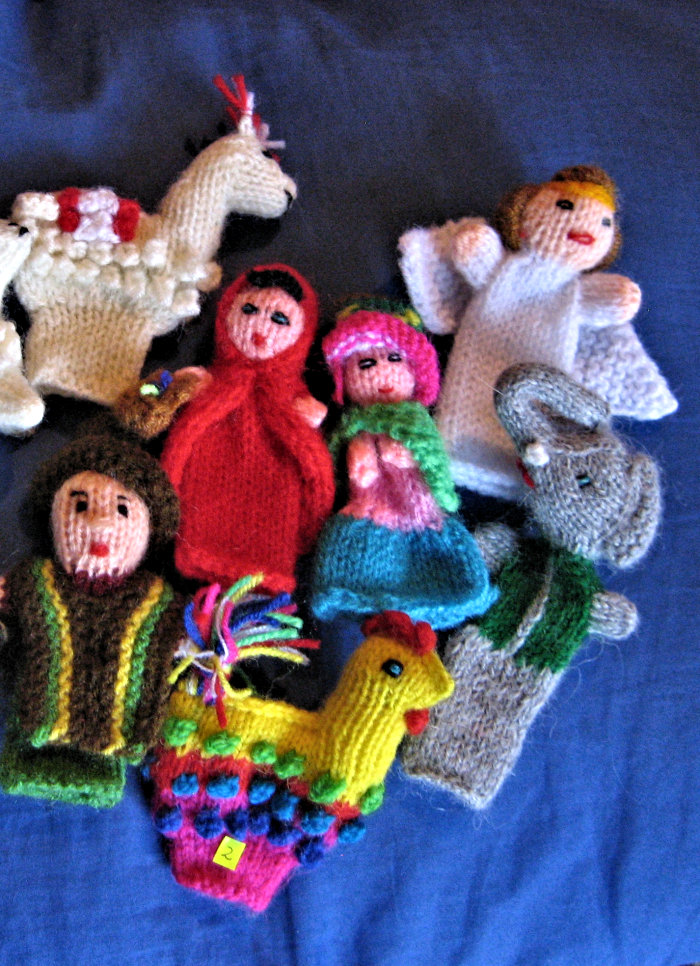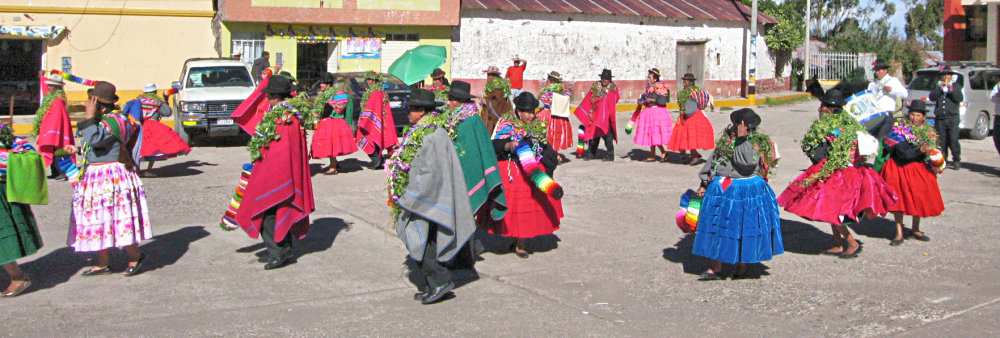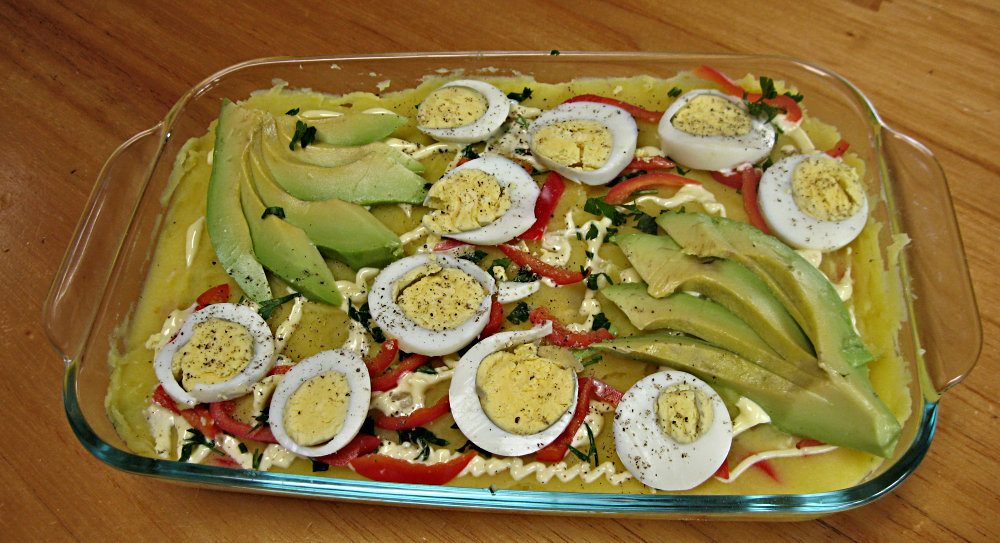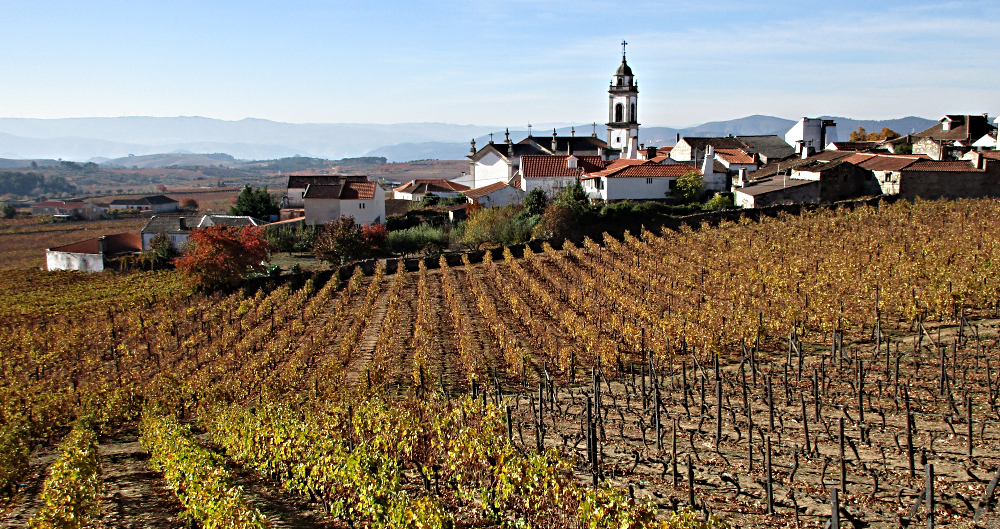
This is the third in a series of articles to help you decide what methods and styles of travel work well for you. Today, I will talk about slow travel, and I will share some examples of slow travel from my journeys.
Travelers often feel that if they are going to travel a long way from home, they want to make the best of the opportunity and visit as many locations and see as many sights as possible. Nowhere do you find this illustrated better than when you look at the itineraries for all-inclusive guided tours. Take a look at this “Seven day” tour of Scotland. (Which really means you have only 5 days of actual touring because usually the arrival and departure days include little more than a meal.)

If you know anything about Scotland, you know that you can barely experience the Isle of Skye in seven days—much less all the places listed here. (By the way, at the time of writing, this tour had a “discounted” price of over $1,650 USD.)
A Better Way
Post Contents
There is a much better way. It is called “slow travel.” You won’t see as much of your destination country, but your travel experience will be much more memorable and deeper—not to mention the very special perk of meeting and becoming friends with locals. When you travel slowly, you tend to stay in one place for a while. This can mean a week or several months. The main thing is that you take your time to enjoy the location, learn about the people, and absorb some of the culture. Don’t try to cram as much sight-seeing and other activities as possible into each and every day.
What is the difference between “slow travel” and “long-term travel?”
Slow travel (staying in one place for at least five days) and long-term travel (traveling for longer than a month) often go hand in hand. But it is possible to go to one location and stay for a few weeks and return home (slow travel but not really long-term). And it is also possible to travel for a year, changing venues every few days (long-term travel, but not very slow). So, I am treating them separately. You can read about long-term travel in my blog post, “Is Long Term Travel for You?”
The Benefits of Slow Travel
I think that the number one benefit of slow travel is the opportunity to meet and become friends with locals. Here are just a few of the friends I have made during my travels and with whom I still stay in touch. (I sometimes joke that the only problem is that it is so darned expensive to go back to visit them!)

Slow travel is a good style for those who want to take the time to pursue artistic projects or do research, especially with a theme based on where they are traveling. (More about “thematic travel” in a minute.)
Slow travel also gives you the opportunity to immerse yourself in a new language, taking classes part time and then practicing in real life the rest of the day.
Slow travel affords you the time to explore the area—the food, the nooks and crannies, and small out-of-the-way stores and cafés. It also gives you time to learn from locals about the places tourists rarely see.
Slow travel can also be therapeutic. I stayed three weeks in Alijo, Portugal as a sort of retreat after walking the Camino de Santiago. Some people use slow travel as a way to just relax, unwind and decompress after a stressful life event.
You will probably save money. Since you won’t be traveling as much, your transportation costs are lower. When staying a week or more in one guesthouse, you may be able to take advantage of weekly or monthly discounts. If you find a guesthouse with even a rudimentary kitchen, you can prepare some of your own meals. (Learn more about how I save money while traveling here.)
Don’t miss any of my How-to-Travel articles!
Subscribe to Cathleen’s Odyssey
Don’t worry, we hate spam too! You can unsubscribe at anytime.
“Don’t You Get Bored?”
Some people ask me, “Don’t you get bored?” The answer is, “I don’t.” I think that if you are the kind of person who often gets bored at home, you will also become bored when traveling slowly. The key to warding off boredom—at home or otherwise—is to always have a variety of interesting things to do that are related to your travel. Here are some of the things that keep me occupied, both at home and while traveling:
- Writing—I write for many different purposes: in my journal, blog posts, essays, books, and notes and texts to friends. I enjoy the creativity of writing and illustrating blog posts as well as making “mini-posts” on my Facebook page.
- Reading—I keep different types of e-books and audio books downloaded onto my tablet so I always have something to read.
- Planning my next adventures—I enjoy the puzzle of creating itineraries and researching places to visit. (More about how I do this can be found in “The Steps I Take on the Road to a Reservation.”)
- Art and Creativity—I especially love to knit and spin yarn. I always bring with me tools and a few supplies. I also gather quite a bit of yarn and spinning fiber as I travel. Since I look for knitters and spinners wherever I go, I make a lot of friends that share my passion. And, I have experienced many priceless opportunities related to knitting and spinning.
This could be applied to any special interest. For example, are you a musician? Bring instruments or purchase some in the places you visit, or try out new music styles from the country you are living in. (You can learn much more about “Thematic Travel” here.)
When visiting the cultural village at the 2018 World Nomad Games in Kyrgyzstan, I just happened to arrive as the Ala-Kiyiz (Felted Carpet) Competition began. I ended up making a little mini-documentary about the process.
Did I Mention Food?
One aspect of slow travel that surprised me was the opportunity I had to experience cuisines more deeply. You can only eat so much every day. The longer you stay in one place, the more opportunities you have to try a wide range of regional food, or to return to a favorite restaurant, or to learn how to prepare these new foods. For example, these were just a few of the dishes I was able to sample during my six weeks in Kyrgyzstan.

And while living in the Sacred Valley of Peru, I learned to make the national dish called Causa, with the help of my host family. You can read about that in my blog post, “Shopping…Cooking…Eating: Causa.”
Routines are Important
Routines are important for some people who are slow travelers. When I am staying for longer than a few days in one place, I find myself settling into a routine, just as if I were at home, waking at about the same time, getting breakfast usually in the same way, going for an hour long walk early in the morning, spending a few hours working on a project, eating a late lunch, etc. Of course, there are breaks in this daily routine for day hikes and other excursions, visiting a local site, or meeting friends.

When writing a book in 2019, I was staying on the island of Gili Air in Indonesia, every morning before beginning work, I walked around the entire island! Well…it was only 3 miles.
Travel as a Lifestyle
Slow travel means traveling as a lifestyle. There is no one right way to go about it…just as there is no right lifestyle if you stayed at home in your community. You don’t have to take advantage of every opportunity thinking you might never have the chance again. You might not, but you can never in one lifetime take advantage of every opportunity that comes your way—especially not in our modern world.
In the meantime, enjoy the little things…like buying a pastry from a street vendor and chatting with him about the ingredients; or just walking through the crowded streets or empty woodlands and allowing a “pinch myself” feeling to overwhelm you. Every once in a while, you should exclaim out loud, “Look where I am! Look what I am doing!”
My Experiences as a Slow Traveler
Here are a few examples of how I have engaged in slow travel (along with the advantages each provided me). Many places I have stayed have provided a base from which I could pursue interests and activities. Perhaps they will provide some inspiration.
The Women of Chucuito
My first experience with slow traveling was in Peru, when I decided to spend a month in the village of Chucuito near Puno on the shore of Lake Titicaca. I found an inexpensive guesthouse that gave me a special rate for staying a month. I was well off the beaten track.
I discovered the village because I learned that the women in the area are famous for knitting finger puppets. These little treasures are exported all over the world to be sold in toy stores and gift shops. In Chucuito, the knitters and spinners gather on the square on Sundays to sell their wares, and that is where I met Yeni, Yovana, and Victoria, who I sat with several Sundays spinning, knitting, telling stories, and talking about our families.

You can read more about these women as well as Graciela, who sold raw alpaca fiber in the nearby village of Acora in my blog post, “Translating Tom Sawyer” here.
The town of Puno was only a 30-minute colectivo ride away, so I could go there to enjoy cafes and the local market. There was also great hiking just out my guesthouse door.
I used Chucuito as a base for a three-day excursion to the island of Amantani, were I spent my 60th birthday.

I lived in Chucuito during the carnival season of February and March. It seemed like there were local festivals in the town square every time I turned around!
Exotic Kyrgyzstan
Kyrgyzstan was the first really exotic country I experienced. I stayed on the outskirts of the small city of Karakol, in a lovely yurt camp guest house. It was a quiet place and I used much of my time to develop some ideas to improve this blog and website. But I also got to experience the food and culture of Kyrgyzstan. Because I was in the yurt camp for so long, I became friends with my hosts, took cooking lessons from them, and savored bountiful breakfasts each morning. I discovered one really excellent restaurant nearby, where the owners got to know me so well that they prepared my pot of tea as I walked in the door! I left most of my belongings at the guesthouse while I went on a week-long excursion to the nearby village of Jyrgalan to hike and attend a folk festival.
Peru’s Sacred Valley
I wanted to experience living in the Sacred Valley of Peru, improving my Spanish, hiking, and meeting other women who work with fiber—particularly spinning, knitting, and dyeing. The village of Calca also served as a base for me to go on day hikes up and down the valley. On one such hike, I met a man who invited me to his remote village to meet his wife, sisters, and mother-in-law who were all spinners and weavers. Because I would be in the Sacred Valley for over a month, I had time to take him up on the offer and spend a very special day in the village of Patabamba. In Calca, I shopped in the local mercado every few days and had my own special vendors for staples, chicken, cheese, and vegetables.
Mere blocks from my guesthouse in Calca was Apaluya, an organization offering courses in Quechua culture, language and history. They offered a natural fiber-dyeing class that was perfect for me.


While living in Calca, I had a kitchen where I could learn to prepare local specialties, like this causa.
Portugal’s Douro Valley
After walking the Camino de Santiago in 2017, I wanted a place to retreat to. I had changed lodgings almost everyday while walking, and I felt like I wanted to stay in one place for a while. It was late fall and the days were getting chilly. On cold days, I stayed inside and worked on my blog—reporting to friends about my experiences on the Camino. On nice days, I walked through the vineyards where port wine originated. And of course, I enjoyed some of the best cuisine you can imagine!

Walking from Alijo to Favaios was a favorite outing when I was staying in the Douro Valley.
Bristol, England
My friend Annie invited me to stay in her home in Bristol for three weeks. She and I had become friends because we had both been lodging long-term in the same household in Arequipa, Peru a few years earlier! She is also a hiker and was able to direct me to the best walking routes in the area. Using Bristol as my base, I took a 4-day excursion to walk the Cornwall coast; explored the famous street art and murals of Bristol; did some canal walking near Bath; and prepared for my upcoming walk of the Camino de Santiago. (Annie is a veteran Camino walker—having done about nine Caminos now.)

Hiking with my friend Annie near Bristol, UK. She loves cows!
The Shetland Islands
I spent twelve days in the beautiful Islesburgh House hostel in Lerwick, taking time to get to know local knitters, learning about Shetland lace, and exploring the countryside. A dorm roommate had a car and invited me to go with her out to the Sumburgh Lighthose where I saw my first puffin!
Another time, I spent an entire day riding busses and ferries in order to meet some very special lace knitters in the far north island of Unst.

And—never to be forgotten—was my excursion to collect and spin hintilegets on Bressy Island.
A Tiny Island in Paradise
I have to confess that I took part in very few “tourism” activities on the very touristy Indonesian island of Gili Air. I spent a month there during the low season to begin writing a book because it was warm, cheap, and exotic. I walked the three-miles around the island to start each day; sat on my veranda to eat my breakfast; worked until late-afternoon—sometimes taking a break to dip myself in the warm ocean. Then I enjoyed an amazing Indonesian dinner in the early evening.

One of my favorite meals in Indonesia: Olah-olah, a vegetable curry soup made with coconut milk.
The Camino—A Different Kind of Slow Travel
There is another type of slow travel that I engaged in, but it did require that I move to a new location almost every day. In the fall of 2017, I walked the Caminos de Santiago del Norte and Primitivo in Northern Spain. It took 40 days to walk from Bilbao to Muxia (444 miles/715 km). Hours upon hours of walking from village to town to city, albergue to albergue, meant that my body and mind had to slow down. I walked solo, but of course I was not alone. I would meet people along the way. But most of the walking was done in solitude. It gave me lots of time to think and contemplate my life. My theme for the pilgrimage was “gratitude,” and each day, I chose something in my life to ponder that I was grateful for. I did not board a conveyance during the 40 days (except for 3 ferries), which added to the “slowness” of the journey. It is too bad that long walking pilgrimages are not more common in our culture. You can read about my Camino experiences here.
Plan Your Own Slow Journey
As you consider your next journey, I encourage you to give slow travel a try. It is not necessary to have a lot of time to do so. For example, instead of trying to see all of northern Spain in a week, choose only one (or, at most, two) locations. Find a place that would be special to YOU—based on the food, or a theme, or activity that you are interested in. Research the location in advance and visualize your slow-travel experience. Will you be pursuing art or music? Learning how to prepare local foods? Making daily excursions to nearby sights? Researching the architecture of ancient ruins? Walking through the town or countryside and meeting locals? Sitting in sidewalk cafes, writing in your journal and watching the world go by?
Tourists don’t know where they have been;
Travelers don’t know where they are going.
—Paul Theroux
I would love to hear about your slow-travel experiences and ideas. Share them in the comments below.
Find many more travel tips in
Dream. Plan.Travel.
Your Guide to Independent Travel on a Budget
Other Blog Posts You May Find Interesting

Do-It-Yourself Travel
Most independent travelers like to choose their destinations and itineraries based on their own interests, and they like to do all or most of their own travel research.

Slow Down, You Move too Fast
You won’t see as much of your destination country, but your travel experience will be much more memorable and deeper—not to mention the very special perk of meeting and becoming friends with locals.

Is Long-Term Travel for You?
Maybe you feel that the two-to-three weeks of vacation time you get every year is just not enough. I used to say, “Gosh, if I’m going to go to the trouble and expense to travel that far, I want to stay a while!”
